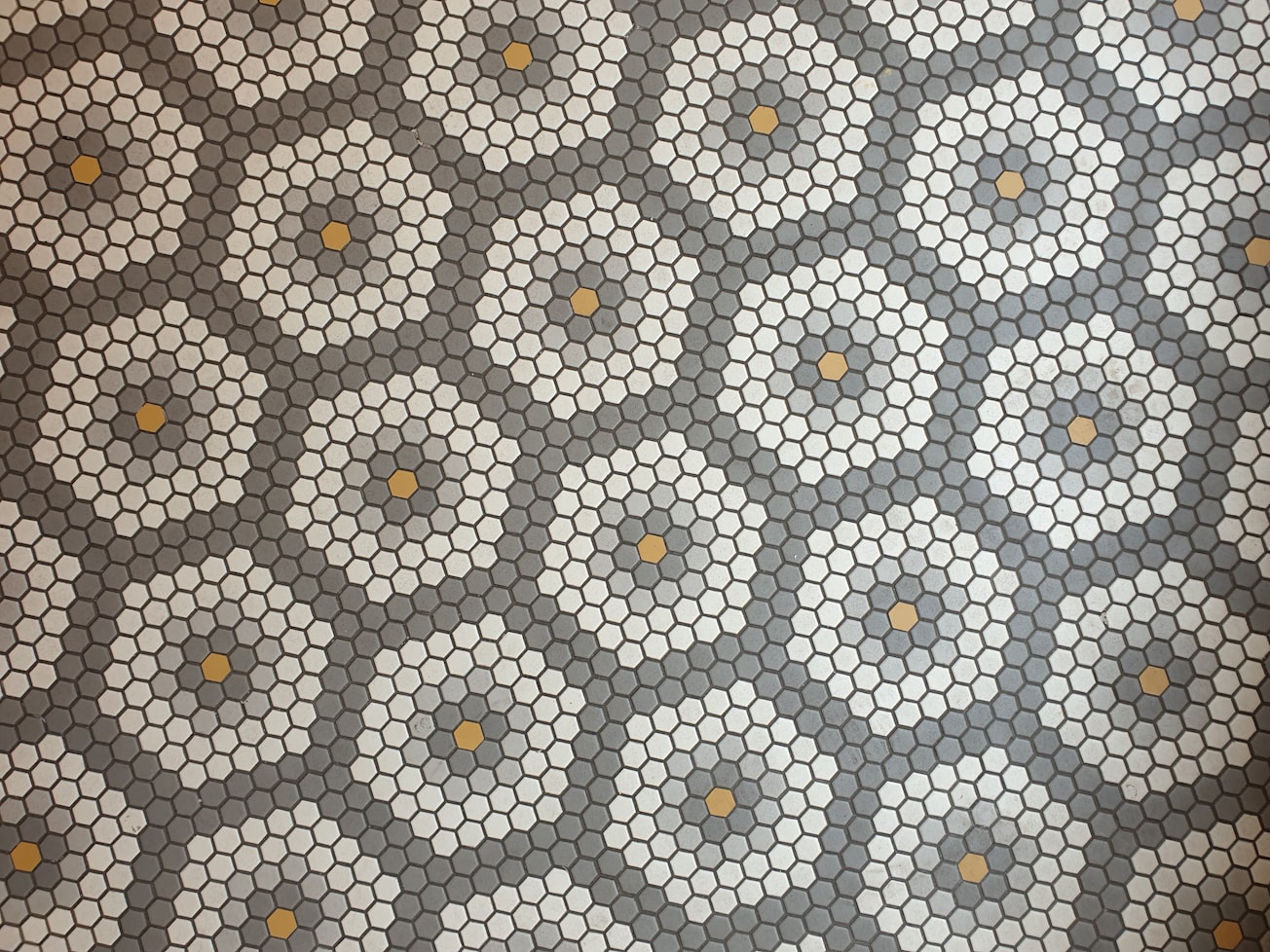What is it about?
Using standard tools of microwave engineering, this paper demonstrates a simple, high efficiency transition between a classical transmission line and a topologically robust transmission line. With it, we are able to quantitatively analyze the practical benefits of many proposed devices that use these new types of transmission lines.
Featured Image

Photo by Antoine Merour on Unsplash
Why is it important?
Decades of research on topological physics has yielded many interesting devices and exciting proposals, but hardly any details on how they might one day be used in practical settings. Moreover, many of the most recent efforts for topological devices in the electromagnetics world have been heavily focused towards the physics, rather than engineering, community. By showing how a standard transmission line, understood and used for decades by the microwave community, can be efficiently connected to a cutting-edge topological version, our paper shows how these new devices might be integrated with existing technology. Likewise, it also enables simple characterization and performance evaluations via ordinary scattering parameters with a VNA, rather than the difficult measurements common for these devices.
Perspectives
When I started research in the photonic topological insulator world, everything seemed to require the use of effective Hamiltonians, gauge fixing, and a litany of other difficult, theory-laden ideas, most of which are unassailable to the average microwave or photonics designer in the lab. My collaborators and I decided to see what we could find if we simply took one of these fancy new devices and tried to design a means to use it the way we would any other piece of equipment, screw-on connectors and all. This paper is the fruit of that idea, which I hope is a step towards bringing these devices out of the research lab and into practical settings.
Robert Davis
University of California San Diego
Read the Original
This page is a summary of: Classical-to-topological transmission line couplers, Applied Physics Letters, March 2021, American Institute of Physics,
DOI: 10.1063/5.0041055.
You can read the full text:
Contributors
The following have contributed to this page







